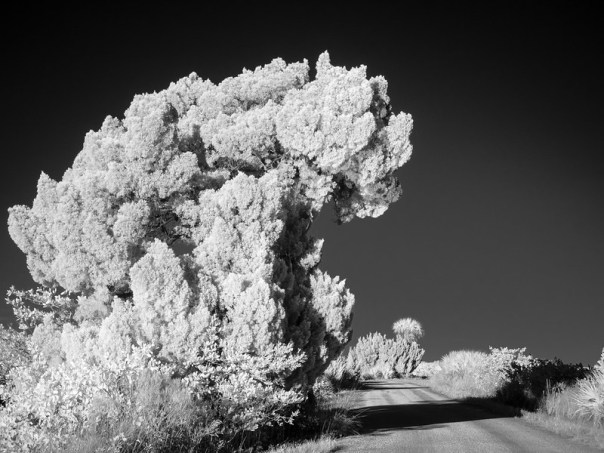Intro / Description
There’s been a lot of news here recently about all the Manatees at Blue Spring State Park in Orange City, Florida – so I decided to go over and look for myself.
 Around 20 Manatees in this one photo – There were more than 200 there on the day I went and the count’s been over 330 on some recent days.
Around 20 Manatees in this one photo – There were more than 200 there on the day I went and the count’s been over 330 on some recent days.
There’s lots to do: Plenty of picnic areas; Hiking and nature trails; Cabins and a campground for overnight stays; Canoes and kayaks to rent; And you can even take a River Boat tour right from the park. We’ve been several times in the past but I hadn’t visited in years. It brought back very fond memories of tubing down the run from the spring and of our kids shivering in the 72 degree water, but enjoying it so much they refused to get out. When I used to scuba dive (a very long time ago), I dove to the bottom of the spring. In retrospect, that was at least a little reckless – people have died in there.
Info for Photographers
Photo hints:
You can’t go in the water when the Manatees are there. But a lengthy boardwalk running from the St. Johns up to the spring provides many vantage points for photos. The Manatees are all along the run, but many congregate in the swimming area where you can get very close.
You must bring your Polarizer to cut the reflections so you can better see the manatees under the surface. Remember this will block a couple stops of light. And since the water is in shade in many places you may be a little starved for light. A camera / lens with vibration reduction / optical stabilization and good output at higher ISOs (~640) will come in handy.
Take a breath – A manatee surfaces at Blue Springs State Park
Tripod/Monopod: They’re allowed, but crowds could make tripods a problem. I left mine at home.
Lenses:
I used a 24 – 120 f/4 lens and was happy with it. I really didn’t want to switch lenses (and polarizers) so the focal length range on this came in handy. At times I wished for a little more reach but I could usually find another Manatee closer to me. I also wished for a wider aperture (f/2.8?), but the stabilization made this lens my best choice.
Best time to visit: Visit during a wintertime cold snap for the best chance of seeing Manatees. They can draw a crowd and the park is closed early to new arrivals if it fills up. Go on a weekday or get there very early on a weekend to make sure you get in. For other activities, you’ll have to work around their schedule – all water activities are prohibited when there’s a Manatee in the water. For swimming, tubing, snorkeling / diving, and kayaking in the spring run go when they aren’t there (March 15th – November 15th). Other: Manatees are the main attraction in the winter, but there are other animals there too. I’ve seen Alligators, wild pigs, and common Florida birds (e.g. Herons, Egrets, Anhingas, Limpkins, Wood Storks, Red Shouldered Hawks, and Vultures). Other folks have reported some not so common Florida Birds like Florida Scrub Jays and Barred Owls, – so keep your eyes open! And there’s a three-story home built built by the original owners that’s worth a visit.
 The Louis P. Thursby House was built in 1872 at Blue Springs State Park
The Louis P. Thursby House was built in 1872 at Blue Springs State Park
Summary
Manatees are on the endangered species list. Blue Spring provides a unique opportunity to see these large animals up close. If you’ve thought about going to Blue Spring, now’s the time. If you haven’t thought about going to Blue Spring, now’s the time! You can find out a lot about Manatees at the Save the Manatee Club website, including updated reports on conditions and counts at Blue Spring on this web page.
| My Gallery / Flickr photo set: | Blue Spring on Flickr |
|---|---|
| Website: | http://www.floridastateparks.org/bluespring/ |
| Address / Phone: | 2100 W. French Avenue Orange City, Florida 32763 (386) 775-3663 |
| Central Florida Photo Ops Rating: | A Central Florida Photo Ops Must Do! |
Thanks for stopping by and reading my blog. Now, go make some photos! ©2014, Ed Rosack. All rights reserved.









